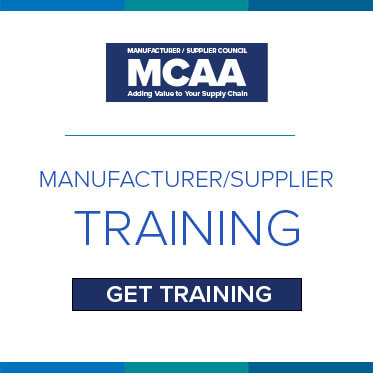
Cultivating successful estimating habits should make creating fast, accurate bids a seamless process, so you win more plumbing jobs. Here are seven things to consider as you cultivate better estimating habits.
If you are new to estimating, or just trying to sharpen your processes, pick a few adjustments to start with, then continue adding to the routine over time. As one habit becomes engrained, move to the next. Soon, both your estimates and bids will give you a competitive edge.
What Makes a Good Plumbing Estimator?
1. Paying Attention to Project Scope
Successful plumbing estimators understand that every project has its own goals, and every owner has their specific demands. To build the most accurate estimate possible, it is crucial to constantly refer to the intended scope as you determine materials, quantities, costs, and timelines. Otherwise, you may miss crucial elements or add unnecessary expenses, eliminating you from consideration during the bidding process.
2. Focusing on Efficiency
Bidding is an incredibly competitive process that relies on speed and accuracy. A good estimator can build winning bids quickly by running takeoff and building efficient estimates and then submitting their bid in a timely manner.
One way to increase your bidding speed is by using estimating software with built-in takeoff, such as the trade-specific solutions created by McCormick Systems. As you make your measurements and identify the materials, prices are automatically added to the estimate, cutting multiple steps out of your process.
Also, properly allocating the time of others is one of the most important elements of building an estimate. If you are able to do this consistently, you can effectively control labor costs, take on more projects simultaneously, and maximize productivity and profitability.
Learn how using estimating templates can help streamline your process: https://www.mccormicksys.com/blog/exploring-estimating-templates-and-how-to-use-them/
3. Being Precise When Building the Estimate
Depending on the job, project owners may comb through hundreds of plumbing bids, so even one mistake or inconsistency could mean you are out of consideration. Building precise estimates involves paying close attention to measurements, calculations, labor costs, and resource availability. It also means verifying this information again before submitting your bid to avoid mistakes and scheduling conflicts.
McCormick has advice on building a winning takeoff and estimating process: https://www.mccormicksys.com/blog/exploring-estimating-templates-and-how-to-use-them/
4. Being Willing to Collaborate
Before building their estimate, a good estimator may contact the project owner to learn more about their expectations, check resources and suppliers for availability, and gather references from previous estimates. As you build the estimate, it is crucial to communicate with project managers, project owners, and other stakeholders about project needs and costs. By keeping an open line of communication, you can stay ahead of changes and avoid mistakes that can impact the expected profitability of a job.
5. Organizing Project Information Appropriately
Developing a system to organize project information where you can easily reference it is critical to creating fast, precise estimates. It also helps you compare actual costs to your estimate during the project. Plumbing estimating software like McCormick Systems’ programs integrates with accounting software to make this step significantly easier.
6. Reassessing Past Performance
Analyzing prior project experiences can help you avoid mistakes, apply the most productive processes, and maximize productivity and profitability. Some projects may have similar layouts or materials, such as water pumps or piping. Identifying these similarities allows you to draw on past experiences, which saves time and helps you build more precise estimates.
7. Leveraging Plumbing Estimating Software
Plumbing estimating software like McCormick’s makes developing these habits much easier because it gives you access to trade-specific features to accurately calculate estimates, increase visibility, analyze past projects, and source high-quality material.
Want to learn more about improving your estimating? Read the blog Five Ways to Simplify Your Estimating here: https://www.mccormicksys.com/blog/five-ways-to-simplify-your-estimating/
How Can You Start Building Successful Habits?
The first step to building strong plumbing estimating habits is determining where you can improve the most. You can do this by examining your current plumbing estimating process. Ask yourself, “Are there any common mistakes or pitfalls I’ve noticed when creating estimates?”
Some examples of potential pitfalls include the following:
- Overestimating or underestimating
- Consistently providing incorrect labor costs
- Being slow to adapt to changes provided by the project owner
Once you have identified an issue, begin applying the applicable habit that aligns with your problem.
How Can Construction Estimating Software Help You Build Good Habits?
These helpful habits are significantly easier to develop if you use plumbing estimating software. While you cannot change all of your habits instantly, the software gives you the tools to identify your weakest areas and work to improve them.
Watch this short webinar on using McCormick’s estimating software for mechanical and plumbing contractors; https://www.youtube.com/watch?v=BgnKPC0gQeg
Additionally, construction plumbing estimating software gives you greater visibility into project costs, automates measurements and calculations, securely stores project information, and allows you to easily reassess past performance to determine areas of improvement. Investing in plumbing-specific software such as McCormick’s ensures that you have access to features built for your projects, so you can start applying these habits to maintain long-term success.
For more information, visit https://www.mccormicksys.com.


